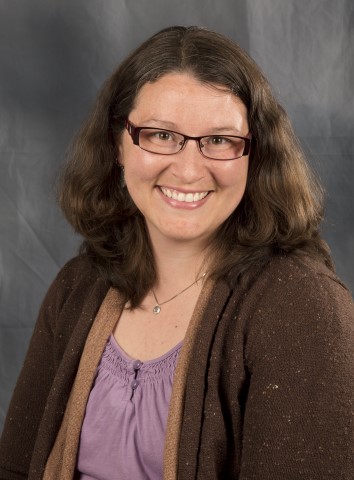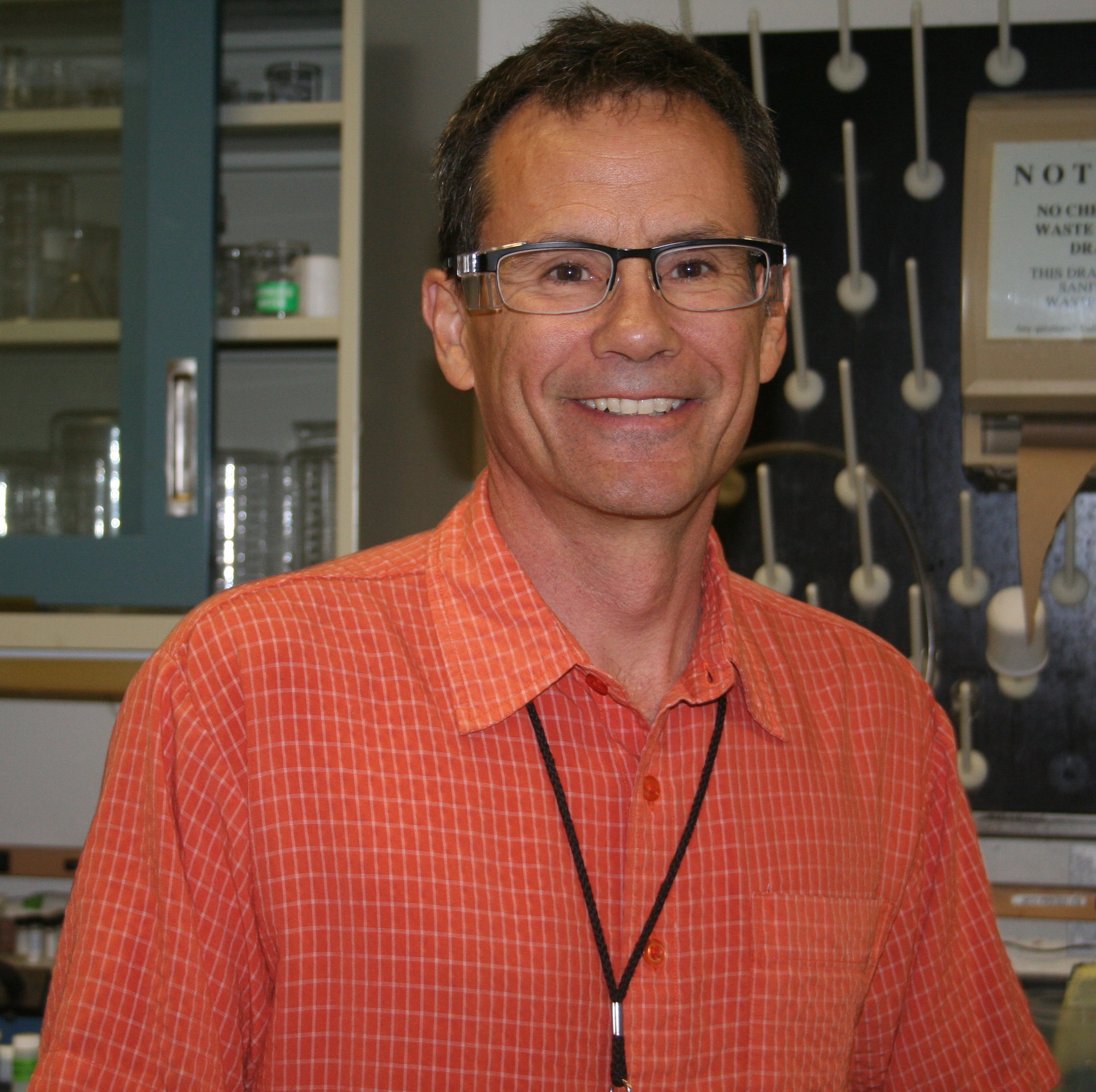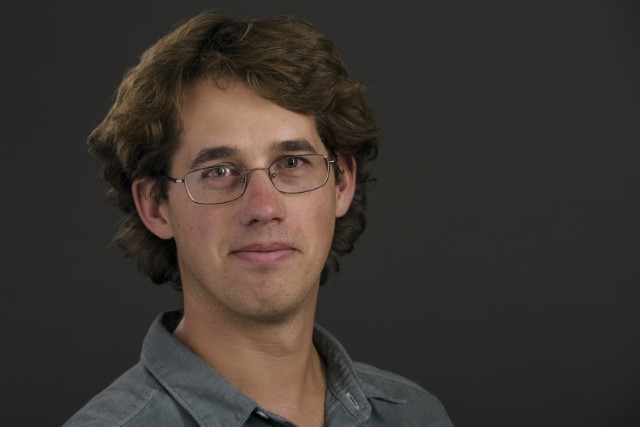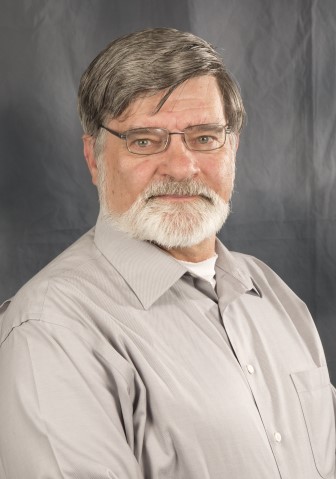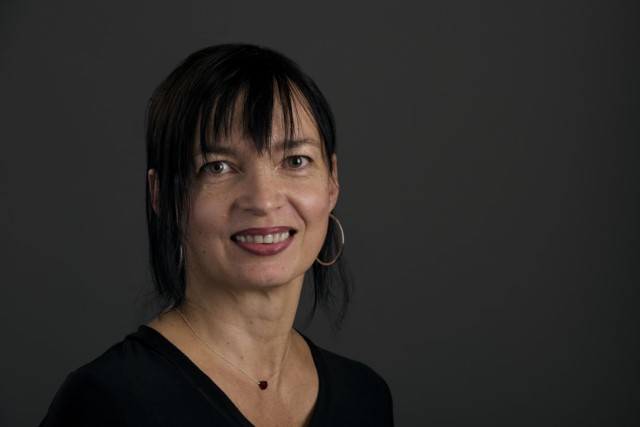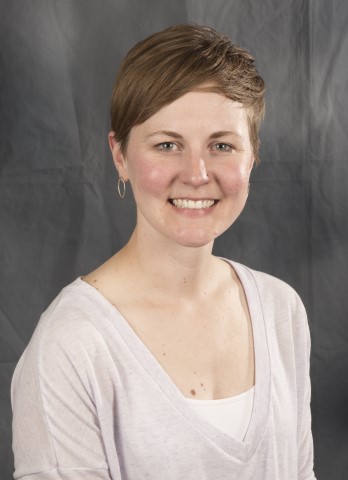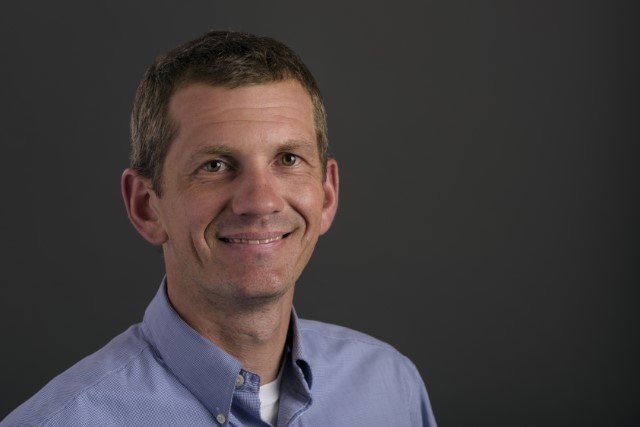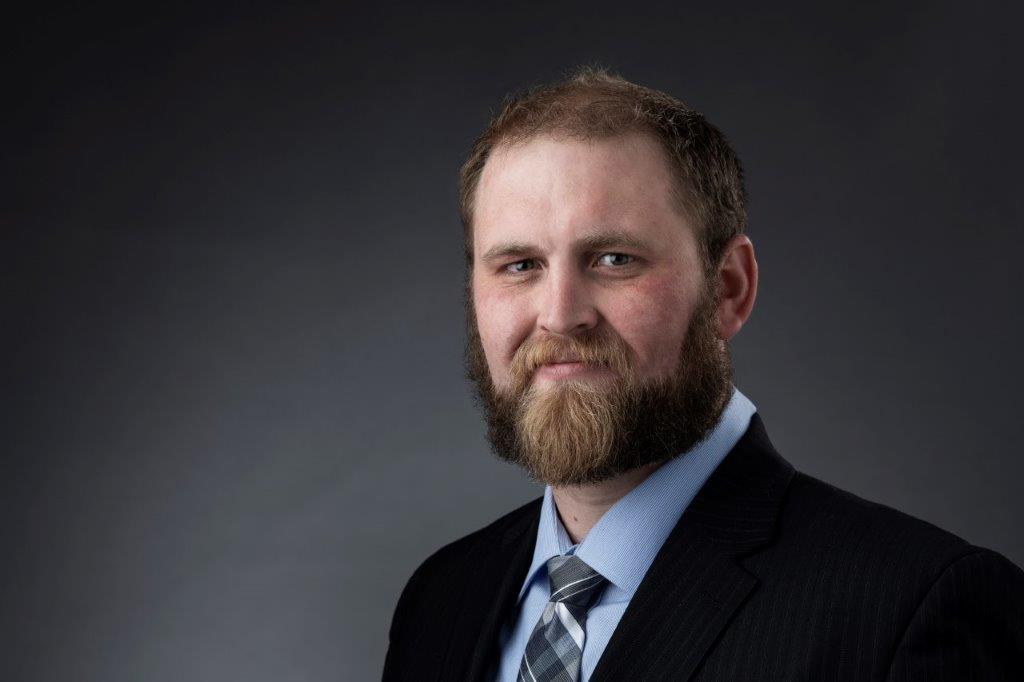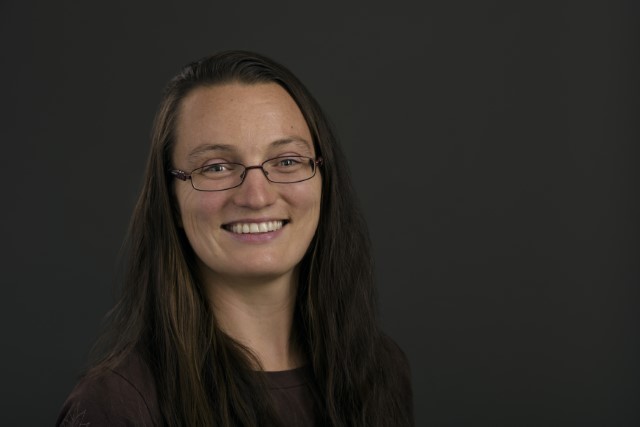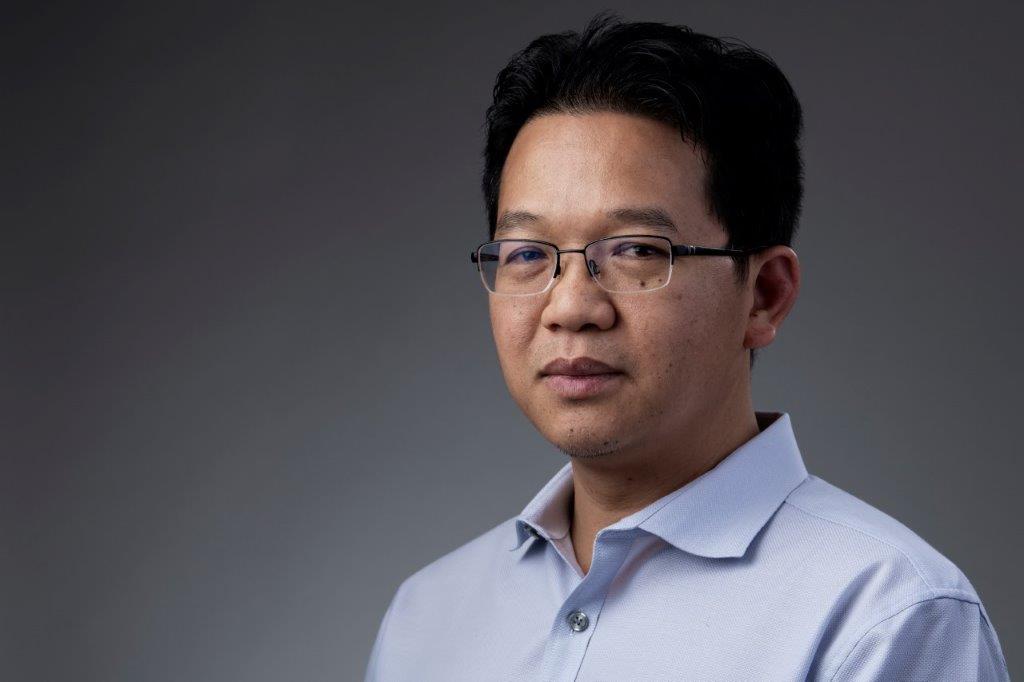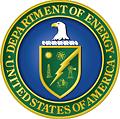Geology and Geochemistry Research Team
Contact Us
- Team Leader
- Emily Schultz-Fellenz
- (505) 667-3605
- Administrator
- Ivy Martinez
- (505) 665-1419
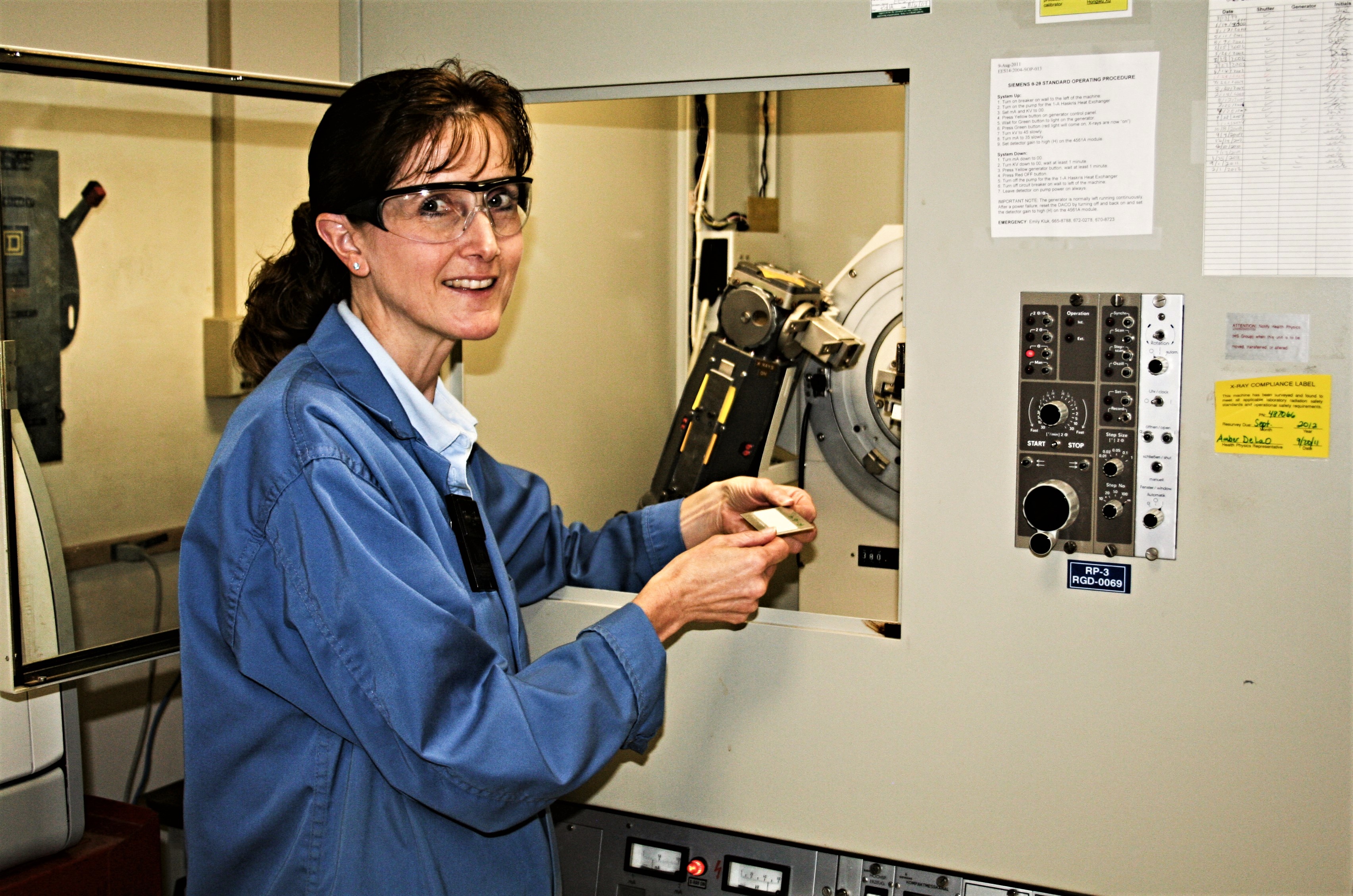
The GGRT uses sophisticated equipment such as the X-ray diffractometer to study the structure, composition, and physical properties of materials, contributing to the accurate characterization of many types of Earth science samples.
The Geology and Geochemistry Research Team (GGRT) solves national and international geoscience problems
Our staff combines expertise in computing capabilities, traditional and novel geology, geochemistry, geomaterials, and geospatial analyses to investigate geologic issues within energy security, nuclear nonproliferation and deterrence across a range of programs and customer bases. To meet these goals, we manage several analytical and wet-chemistry experimental laboratories. We support multiple Laboratory mission spaces including DOE Fossil Energy, Nuclear Energy, Defense Nuclear Nonproliferation, Office of Nuclear Verification, Office of Science, Laboratory Directed Research and Development, as well as industry partnerships.
Capabilities Include:
- Laboratories:
- Wet Chemistry: broad-spectrum inorganic analysis of water, gas, solid samples
- Hydrothermal: housing bath and flow-through experimental apparatus
- Light Stable Isotope: advanced instrumentation for isotope ratio monitoring, measurements
- X-Ray Fluorescence: qualitative and quantitative whole-rock analyses for geological samples.
- X-Ray Diffraction: unambiguous identification of crystalline phases
- Calorimetry and Thermochemistry: simultaneous measurement of energetic and mass changes of minerals/materials as a function of temperature
- Geographic information systems (GIS) supporting spatial analysis for customers inside and outside EES
- Unmanned airborne systems (UAS), including airframe, sensors, and qualified pilots that can operate within LANL and offsite
- Geologic characterization for repositories, remediation, and hazard prevention.
- Geochemical analysis.
- Lab experiments and field testing to determine long-term remediation efficacy.
- Isotope measurement and analysis for hydrogeological models.
- Paleoanthropological analysis and artifact characterization.
- Geologic/geostructural field mapping.
- Geographic information system (GIS) and applied geoscience-based geospatial analysis.
- Seismic source characterization for site-specific hazard analyses.
- Carbon sequestration feasibility studies.
DOE Used Fuel Disposition Program: collaborating with EES groups, other laboratories, and universities to enable safe and permanent disposal of nuclear fuels and waste. Using GIS and spatial analysis to evaluate potential host rocks and suitable geological repositories. Research areas include:
- High-temperature and pressure experiments on host rocks, minerals, and engineered materials expected in repository settings.
- Experiments and modeling of radionuclide transport through alternative geologic media.
- Regional geology studies to assess characterization of alternative repositories and potential siting guidelines to evaluate their availability as disposal media.
Carbon Capture Utilization and Storage: advancing scientific understanding and determining the feasibility/risk of long-term geologic storage of carbon through collaboration with EES, other laboratories, universities, and industry. Current foci include:
- Wellbore integrity including cement, steel, and rock composite systems performance.
- Rock-brine-supercritical CO2 flow and reaction in porous and fractured media.
- Field carbon sequestration studies including natural analog and controlled experiment.
Geologic Hazards: performing site-specific investigations to determine the potential for natural phenomena hazards to affect the LANL campus. In particular, the team has focused on refining understanding of past earthquake histories and potential for seismic surface rupture by obtaining data on fault geometry and seismic event chronologies derived from paleoseismic trenches and boreholes. Project features include:
- Extensive field mapping throughout the LANL campus.
- Capturing data for a robust understanding of Pajarito fault system behavior to provide better fidelity in seismic hazard calculations.
Advanced Geomaterials Characterization: utilizing advances in various experimental techniques and instrumentation to characterize geomaterials and related processes for applications in geosciences, energy and environmental remediation.
- Exploring large- and continuum-scale geological problems through fundamental, sophisticated atomic/micro/meso/macro-scale characterization.
- Thermodynamic measurements of minerals/materials used for nuclear waste immobilization by high-temperature reaction calorimetry.
Next Generation Ecosystem Experiments: performing geochemical studies for the multidisciplinary national project, aiming to quantify the physical, chemical, and biological behavior of terrestrial ecosystems in Alaska and the tropics.
- Focusing on lateral connectivity of surface and subsurface water, at scales ranging from individual patterned ground features to watersheds.
- Biogeochemistry support by measuring dissolved methane, organic nitrogen, and carbon.
- Aqueous geochemistry.
- NGEE Arctic, which seeks to understand the climate-sensitive processes of rapidly evolving landscapes at high-latitudes and carbon stored in permafrost in Alaska.
- NGEE Tropics aims to fill the critical gaps in knowledge of tropical forest-climate system interactions.
Uranium In-Situ Recovery (ISR): determining the long-term efficacy of remediation at post-mining aquifer sites restored through extraction technique that uses chemical leaching in saturated sedimentary rocks to dissolve minerals.
- Determining statistically robust restoration values.
- Field testing to determine aquifer hydrologic and geochemical properties.
- Lab experiments, mineralogical, isotopic, and geochemical measurements.
|
LANL Profile |
Emily Schultz-Fellenz - Team Leader
|
|
|
Bill Carey - Research Scientist
|
| LANL Profile Google Scholar |
Frank Perry - Research Scientist |
|
LANL Profile |
Luke Frash - Research Scientist
|
|
|
Gilles Bussod - Research Scientist
|
|
LANL Profile |
Rick Kelley - Research Technologist |
| LANL Profile Google Scholar |
Emily Kluk - Research Technologist |
|
LANL Profile |
Oana Marina - Research Technologist |
|
LANL Profile |
Elizabeth Miller - Research Technologist
|
| LANL Profile Google Scholar |
Dea Musa - Research Technologist |
|
LANL Profile |
George Perkins - Research Technologist |
|
LANL Profile |
Nathan Welch - Postdoctoral Researcher
|
|
LANL Profile |
Erika Swanson - Postdoctoral Researcher |
|
LANL Profile |
Thanh Phong Nguyen - Postdoctoral Researcher
|


